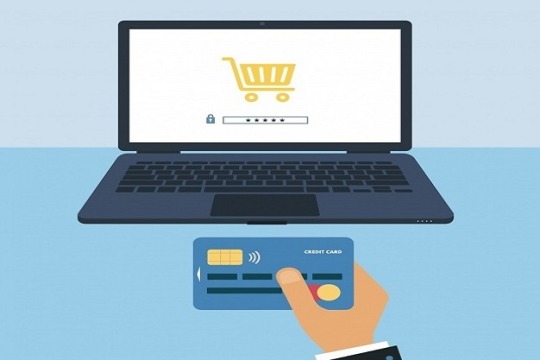What Is Chargeback Fraud?
Chargebacks of online payment gateway are a rapidly growing threat, especially when used maliciously by customers. What exactly is chargeback fraud, how can you combat it, and what can you do to reduce the number of customers who issue such chargebacks?

Chargeback fraud occurs when a chargeback is issued as a result of a fraudulent request for a return—the cardholder's intention is to keep the ordered item and receive a refund. It's similar to friendly fraud, which occurs when a legitimate charge is disputed by a cardholder. Some people use the terms interchangeably. Chargeback fraud accounts for 35.5% of total chargebacks.
There is also a type of hostile fraud known as chargeback fraud. This type occurs when someone falsely represents themselves as a customer or cardholder in order to gain a financial advantage. Hostile fraudsters typically target items with a high resale value or that can be converted to cash quickly.
As you can see, customers with bad intentions take advantage of their right to file chargebacks in order to obtain free goods or services.
Why do customers file chargeback fraud?
The following are the most common reasons given by fraudsters for filing a fraudulent credit card chargeback:
The item or service was not delivered.
The cardholder did not authorize the initial transaction.
The product or service did not meet expectations.
The least pleasant consequences of chargebacks are financial losses, particularly when the amounts exceed the cost of the items or services. These extra amounts could be shipping and processing fees. Furthermore, chargeback fees will be assessed against the company, in addition to the time required to dispute the chargeback. According to a study, businesses lose $2.94 in revenue for every dollar lost due to fraud.
How you can prevent chargeback fraud
Chargebacks can quickly spiral out of control, so you must act quickly to keep your merchant account in good standing. Here are some things you can do to help prevent chargeback fraud.
Use relevant transaction descriptors
Transaction descriptors (the company name that appears on your customers' credit card statements to help them identify the transaction) must be complete and match the items the customer receives. If you fail to provide relevant information, a customer may dispute a charge due to a misunderstanding or because they do not recognize the charge.
Offer responsive customer support
Visitors to your website should be able to see your contact information, and you should allow customers to contact you directly if something is wrong with their order. Their concerns should be addressed as soon as possible—customers who know the status of their inquiries are less likely to file a complaint. If at all possible, provide customer service 24 hours a day, seven days a week. If you are unable to do so, clearly state the support hours on your website, along with an estimate of how long it will take to respond to customer inquiries.
Keep in mind that only 4% of dissatisfied customers will contact a merchant, whereas 96% will file a chargeback. Make sure you have processes in place to build customer relationships. They will be more loyal and less likely to start a fight if they feel more at ease with you.
Write a clear return policy
Your refund and return policies should be simple to find and understand for website visitors. Give customers detailed instructions on how to return items and request a refund. Also, consider providing a refund if a customer is dissatisfied with a product they ordered.
Use 3D Secure authentication
Because it shifts liability from the merchant to the issuing bank, 3D Secure authentication adds an extra layer of security to your business. Customers must enter a code to confirm transactions. In the event of a chargeback, the issuer assumes responsibility and must bear the associated costs.
Provide shipping and tracking info
Customers should always be kept up to date on the status of their packages, so don't forget to include shipment tracking information. If you become aware of any delays, notify customers as soon as possible or offer an alternative solution.

Use a reliable payment provider
When looking for the best online payment gateway, look for one that has fraud detection features and monitoring services that go beyond the basics. Another factor to consider is your payment platform's ability to manage disputes and set advanced rules that allow you to control charges.
Disputes must be resolved as soon as possible. As a result, you should document every conversation with your customers, monitor orders with previous fraudulent activity, and keep detailed records of all transactions so that you can quickly identify patterns. It will also be easier to collect evidence.
Use multilevel protection
Multilevel security and a comprehensive set of anti-fraud tools will assist you in fighting back effectively. Using technology with multiple data points allows you to assess the transaction's risk.
You must have at least the most fundamental security measures in places, such as CVV, an address verification service (AVS), and geolocation solutions. However, when it comes to chargeback fraud, this is insufficient. Request advanced security tools from your online payment gateway to improve your ability to keep your finger on the pulse. Not only do you require 3D Secure authentication, but you also require machine learning and AI-based solutions with dynamic rules that adapt to your industry.
Observing customer behavior can assist you in avoiding many chargebacks. Make certain that you are doing everything possible to improve outcomes.
Post Your Ad Here
Comments